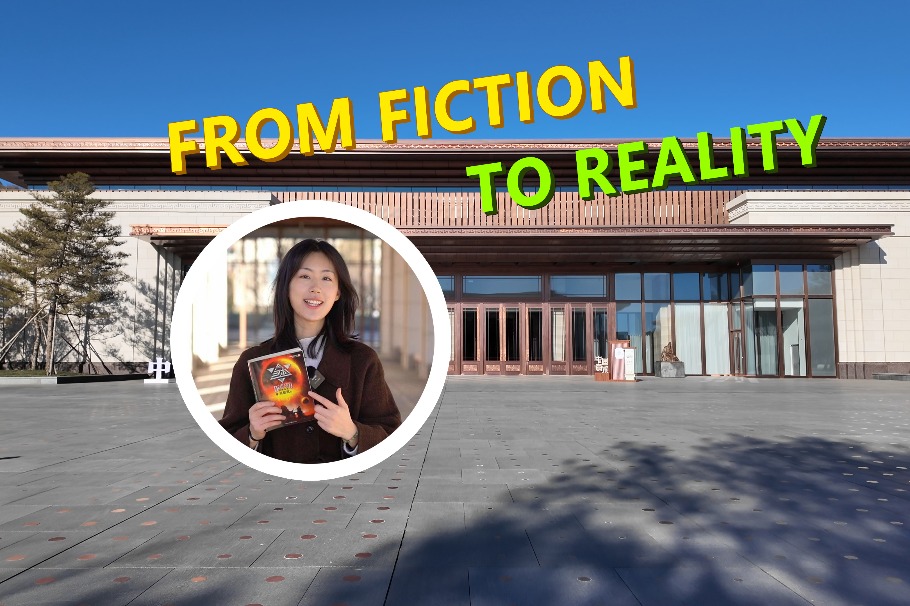Restorer's passion shows in his work
By Xu Fan | China Daily | Updated: 2023-10-28 10:06

One of his most challenging tasks is restoring a large piece of a ceiling mural that has bulged out due to decades of dust accumulation. Through intensive research and discussion, including a study of the first restoration conducted in 1953, Yang and his fellow restorers have decided on a conventional method — mixing and stirring mud and linen to create a unique "glue" to carefully reattach the displaced area back to its original position.
Lu Zhenhua, the chief director of the documentary, says that the new season has a team of around 30 members to document the daily routines of the restorers, painters and guides, with filming taking place between early July and early August.
As the documentary is jointly produced by Tencent News and Dunhuang Academy, Lu recalls that they consulted the academy and were told that the new season would be better focused on the ensemble of its dedicated staff members instead of turning the lens on the department leaders.
Taking Yang as an example, Lu says that the crew has not only followed the restorers working inside Cave 196, but also paid attention to the expert team in the background, which consists of around 300 members. The team provides comprehensive technical support with laboratory studies, ranging from analyzing the murals' color and proportion to the restoration techniques.
Advanced technologies also make the preservation of heritage and relics more precise. The painters who replicate murals can now utilize instruments in laboratories to analyze the pigments that have turned black due to sandstorms and oxidation after centuries.
"They also use special facilities to see through the outermost layer and discover how the original murals were delineated," she explains.
Despite the increasing usage of high-tech solutions, the work accomplished by humans is irreplaceable. For instance, the Dunhuang Academy has recruited a total of around 300 guides, as all tourists need to be accompanied by a guide to enter a cave.
Featured in one of the three tales, Liu Wenshan, a veteran guide who has worked at Dunhuang since 2000, has always cherished the moment of unlocking the door to a cave for visitors.
Born in the Xinjiang Uygur autonomous region, Liu relocated with his parents to Yumen in Gansu province when he was a third-grader in primary school. He stumbled upon a book about Dunhuang murals at a classmate's home and was deeply attracted to the stories.
In April 2000, Liu was recruited as one of the fresh graduates to work as an intern guide. "We were only trained for one day and were required to start working the next day, as the May Day holiday began, bringing in a flood of tourists," Liu recalls.
Over years of diligent effort, from learning appealing interpretations from experienced guides to studying Japanese, Liu has accumulated a wealth of experience serving Chinese and international tourists.
























